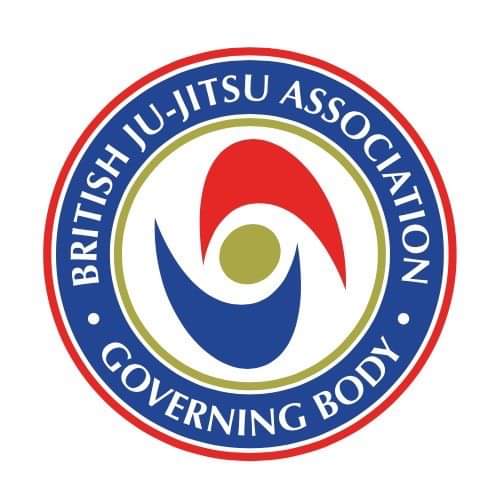Ju Jitsu is one of the oldest documented form of Japanese martial art. The word Ju means gentle or supple or to yield, while the Jitsu simply means art or skill; thus Ju Jitsu is also known as the gentle skill, the gentle art or the art of yielding.
The origin of Ju Jitsu is not clear, however the first publicly recognized Ju Jitsu Ryu was formed by Takenouchi Hisamori in 1532 and consisted of techniques using a sword, jo-stick and dagger as well as unarmed techniques. The Takenouchi-Ryu may be regarded as the primal branch for the teaching of arts similar to that of Ju Jitsu.
Several hundred years later there was a general shift from the weapon forms of fighting to weaponless styles. These weaponless styles were developed from the grappling techniques of the weapon styles and were collectively known as Ju Jitsu.
Fukuno Schichiroemon of Temba started the Kito-Ryu in the middle of the 17th century. The Kito-Ryu gained great prestige and popularity with its “Art of Throwing” and “Form Practice.” In close connection with this branch was the Jikishin-Ryu, whose founder was Terada Kanemon, a contemporary of Fukono. They established two separate systems of Ju Jitsu. These two systems appear to be the oldest of all the varied systems of Ju Jitsu.
It has been estimated that over 750 systems of Ju Jitsu were in existence in Japan from 1603-1868. The branches of Ju Jitsu grew during the feudal period. The art continued in various provinces in Japan until the later part of the 18th century, when it began to decline with the impending fall of feudalism.
Kano Jigoro opened his first Kodokan dojo in the early 1880s in Tokyo. Kano used his knowledge and experience of Ju Jitsu to create Judo. During the Kodokan´s years, Judo almost completely smothered the prevailing Ju Jitsu traditions of the area, perhaps due to Judo’s success in direct competitions with various Ju Jitsu forms.
Ju Jitsu came to the UK in the early 1900s when world champion Sada Kazu Uyenishi first visited. He was not the most famous Ju Jitsu exponent of his time, but he soon became well known around the Aldershot area, training with the gymnastic staff at Shorecliffe Army camp. Many of the techniques taught by Uyenishi in the UK were for a long time considered to be of a secret nature, with the various locks and throws being shown only to a select few.
Todays practitioners of Ju Jitsu learn a developed syllabus which is based on defence against different types of attacks that can occur in everyday situations.
Courtesy of Martin Dixon, Chairman of the BJJA, Great Britain





